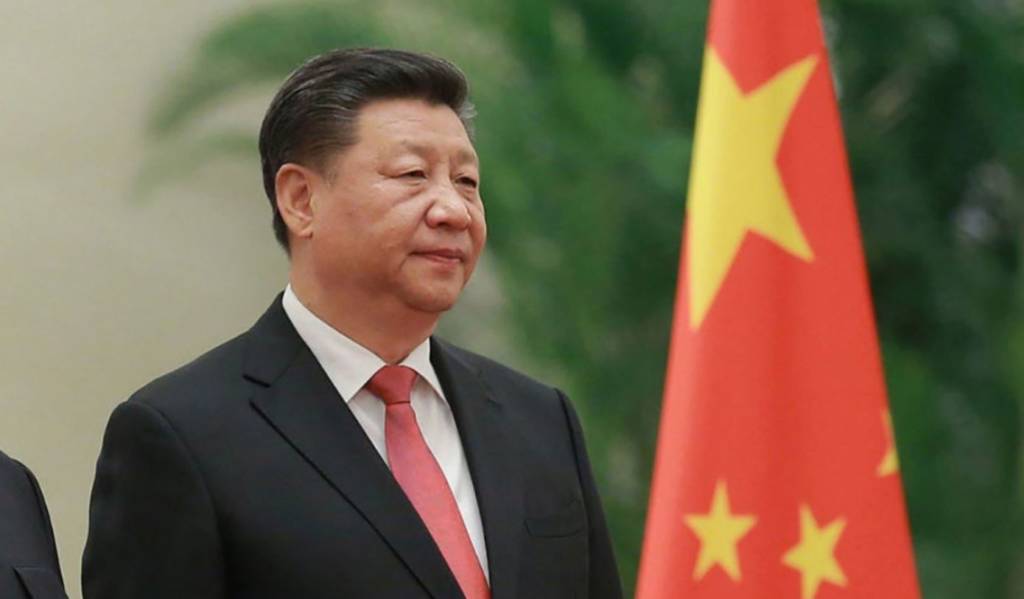The Coronavirus pandemic and the subsequent clashes at the Line of Actual Control (LAC) have brought India and China at loggerheads. A war of words has ensued between the two countries and when India banned 59 Chinese apps including the espionage app—TikTok, the Chinese were completely rattled.
However, the editor of Global Times Hu Xijin came up with a statement in the aftermath of the ban, with an intent to take a jibe at India. In a tweet Xijin had said, “Well, even if Chinese people want to boycott Indian products, they can’t really find many Indian goods. Indian friends, you need to have certain things that are more important than nationalism.”
Well, even if Chinese people want to boycott Indian products, they can't really find many Indian goods. Indian friends, you need to have some things that are more important than nationalism. pic.twitter.com/6zauhqYbXH
— Hu Xijin 胡锡进 (@HuXijin_GT) June 29, 2020
Anand Mahindra had replied to him and said that India would take this as a challenge. “I suspect this comment might well be the most effective & motivating rallying cry that India Inc. has ever received.” he had tweeted
I suspect this comment might well be the most effective & motivating rallying cry that India Inc. has ever received. Thank you for the provocation. We will rise to the occasion…🙏🏽 https://t.co/LZbQhS8xVW
— anand mahindra (@anandmahindra) June 30, 2020
While India might not have reached the Chinese level in producing goods or products, which to be fair on most occasions is just counterfeiting or aping the western products and services, there has emerged one sector where India has beaten China comprehensively and China has whole heartedly accepted that.
In 2017, Global Times published an article titled, “Chinese patients head to India for latest medicines after domestic crackdown” and in the aforementioned article, the mouthpiece of CCP has praised India’s healthcare setup whole-heartedly.
“While China sets strict barriers and hefty prices on imported drugs, India has long been known as the “pharmacy of the developing world,” this is what Global Times had said about India whilst criticizing its own country in the article.
The article carried a story of a Chinese patient who had been infected with HCV, fourteen years ago, during a blood transfusion process.
The medical treatment available in China was highly costly and not half as effective and that led the patient to explore other options. Global Times reported that the patient took help of a medical tourism company that helped Chinese citizens from tier three and four cities to seek treatment in India.
The patient after coming to New Delhi received international, top-class treatment and the symptoms of the disease vanished within four months.
Speaking highly of the Indian medical facilities and hospitals in India, the patient said the hospitals were more like hotels.
“The professionalism and cleanliness of India’s private hospital is impressive. It’s more like a hotel, unlike Chinese hospitals which are so crowded,” Hua Li, the Chinese patient that had availed medical services was quoted as saying by Global Times.
The reason of Chinese citizen’s infatuation with India and its medical healthcare system is understandable as the country offers a complete bouquet of medical healthcare facilities and that too at an affordable price.
According to the Medical Tourism Market Report 2015, India was “one of the lowest cost and highest quality of all medical tourism destinations; it offers wide variety of procedures at about one-tenth the cost of similar procedures in the United States.”
Global Times reported that for Chinese patients, the cost of a 3-day medical trip to India ranges from 30,000 to 50,000 Yuan.
One medical management company mentioned that they had organized over 20 group tours to India for patients with liver diseases in 2016, and the cost for each person came out to be 40,000 to 45,000 Yuan which included plane tickets, accommodation, medical checks, medication and a 12,000 Yuan service fee.
With highly skilled doctors and medical professionals, world class hospital infrastructure, cost-effective treatment and personalised care, India’s medical tourism industry has seen a rapid growth over the years. If it wasn’t for a global pandemic, manufactured by China, India’s medical tourism industry was expected to hit the $9 billion mark in 2020.
Cost of treatment in India is approximately 40% less than that in any developed western countries without compromising on quality of care.
In 2015, India ranked as the third most popular destination for medical tourism, when the industry was worth $3 billion. The number of foreign tourists coming into the country on medical visas sat at nearly 234,000 that year. By 2017, the number of arrivals more than doubled to 495,056, government figures show.
As many as 483,000 people travelled outside from China for medical care in 2015 and a large majority of them came to India. In the past, a lot of Chinese patients unable to afford the prices of imported drugs in China have tried to smuggle cheaper Indian generic drugs through purchasing agents. However, due the Coronavirus pandemic induced lockdown and ‘boycott China’ call amidst border standoff, the Chinese citizens are the real losers as they won’t be able to access better healthcare and treatment facilities in India.
By Global Times own admission India has better healthcare setup than China and it would have only gotten better in the last three years. Therefore Hu Xijin should take a good hard look at himself and his country’s health infrastructure before coming up with such statements.
